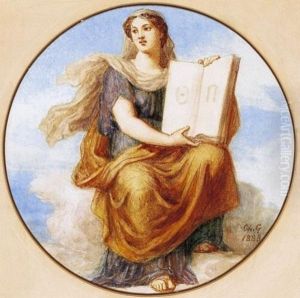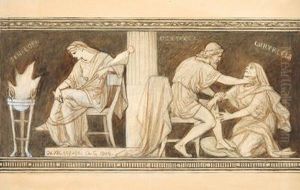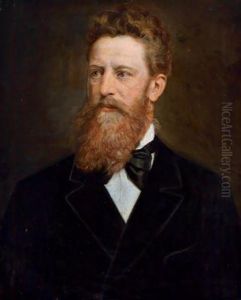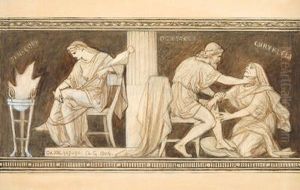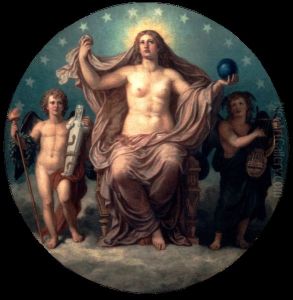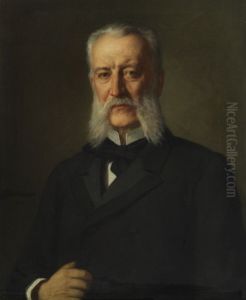Christian Griepenkerl Paintings
Christian Griepenkerl was an Austrian painter and professor born on March 17, 1839, in Osnabrück, Germany. He is known for his historical and mythological paintings, as well as for his role as a teacher at the Academy of Fine Arts Vienna where he influenced a generation of artists, including notable figures such as Egon Schiele.
Griepenkerl began his artistic education at the Academy of Fine Arts Munich in 1856, where he studied under Karl Theodor von Piloty, a prominent figure in the German art scene known for his history paintings. Under Piloty's influence, Griepenkerl developed his own style, which was characterized by a strong emphasis on historical accuracy and dramatic narrative.
After completing his studies in Munich, Griepenkerl traveled throughout Italy, studying the works of the Italian masters. This experience further shaped his approach to painting, particularly in his use of color and his understanding of human anatomy.
In 1874, Griepenkerl was appointed as a professor at the Academy of Fine Arts Vienna, a position he held until his retirement. During his tenure, he was an influential teacher, and though his conservative artistic stance was later criticized, he played a significant role in the academic art world of his time. He was a staunch opponent of the modernist movements that emerged towards the end of the 19th century, which put him at odds with some of his more progressive students.
As an artist, Griepenkerl's work included frescoes, altarpieces, and canvases, often depicting scenes from ancient mythology and Christian iconography. His work was marked by a meticulous attention to detail and a grandiose style. Among his notable works are his contributions to the ceiling paintings in the Vienna State Opera and the frescoes in the Hermesvilla, a palace in Vienna.
Griepenkerl's legacy is somewhat mixed due to his resistance to the changes happening in the art world during his lifetime. Nevertheless, his academic contributions and his artwork remain a part of the European art historical canon. Christian Griepenkerl passed away on March 22, 1916, in Vienna, leaving behind a body of work that continues to be studied for its historical value and craftsmanship.
